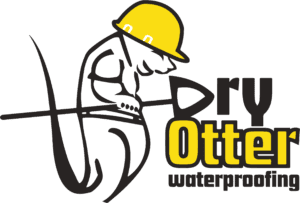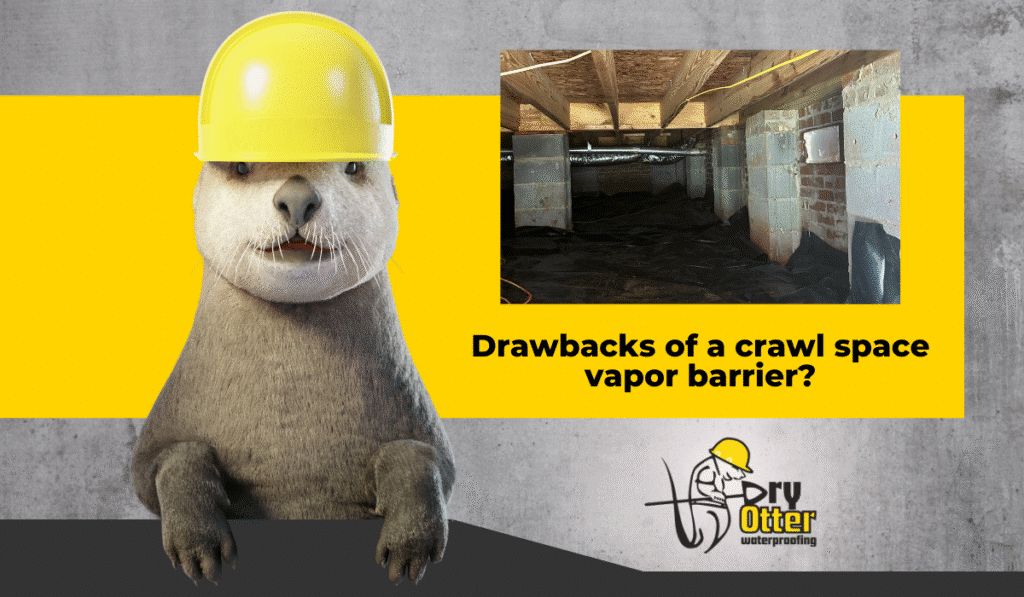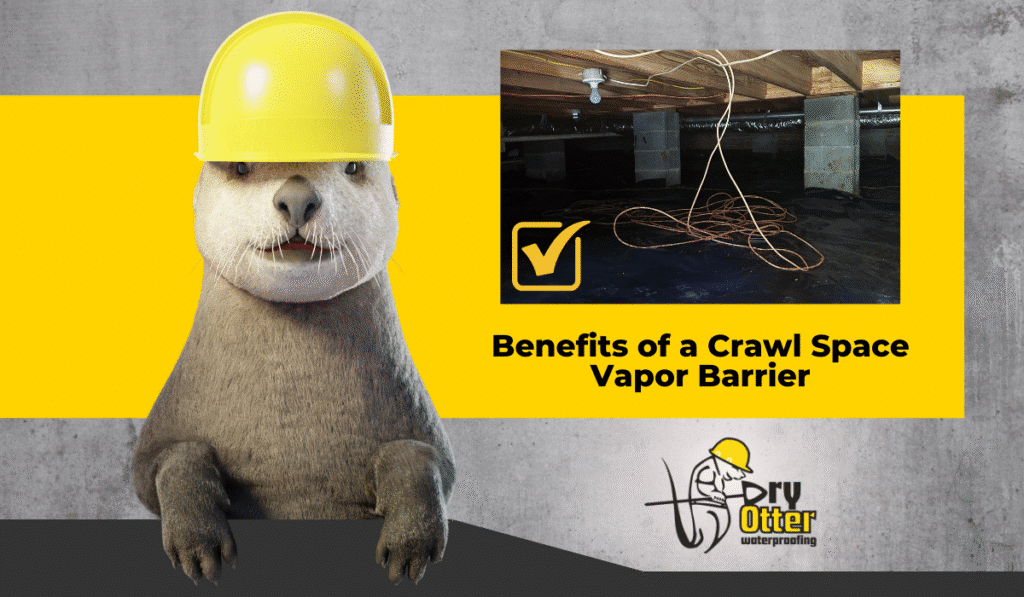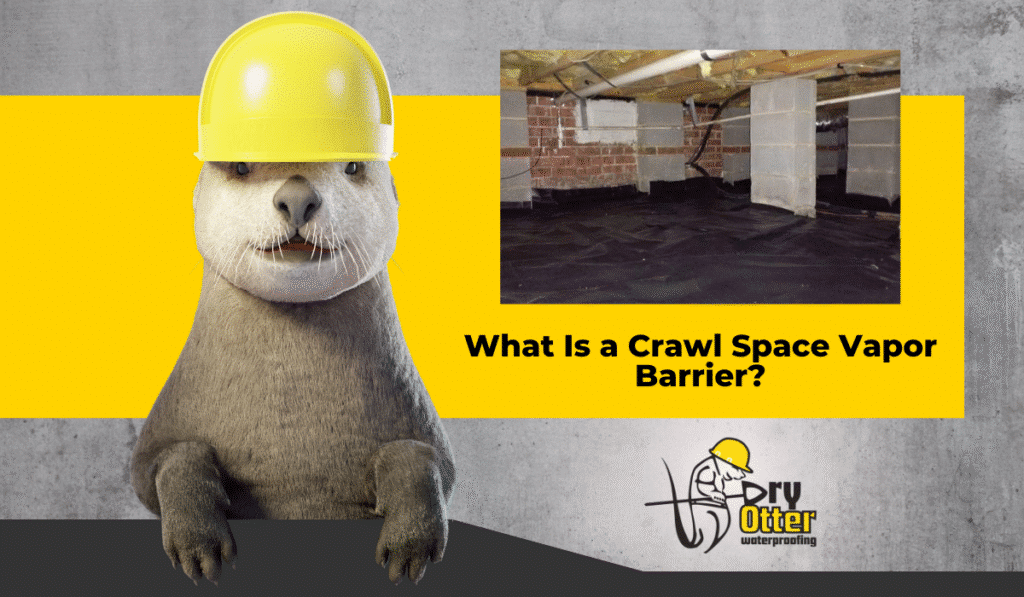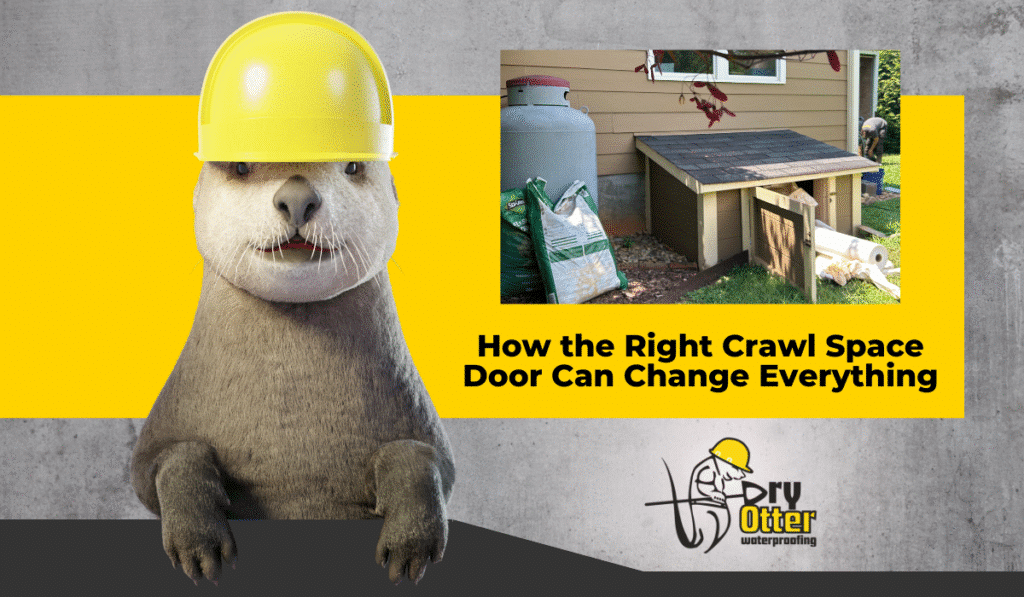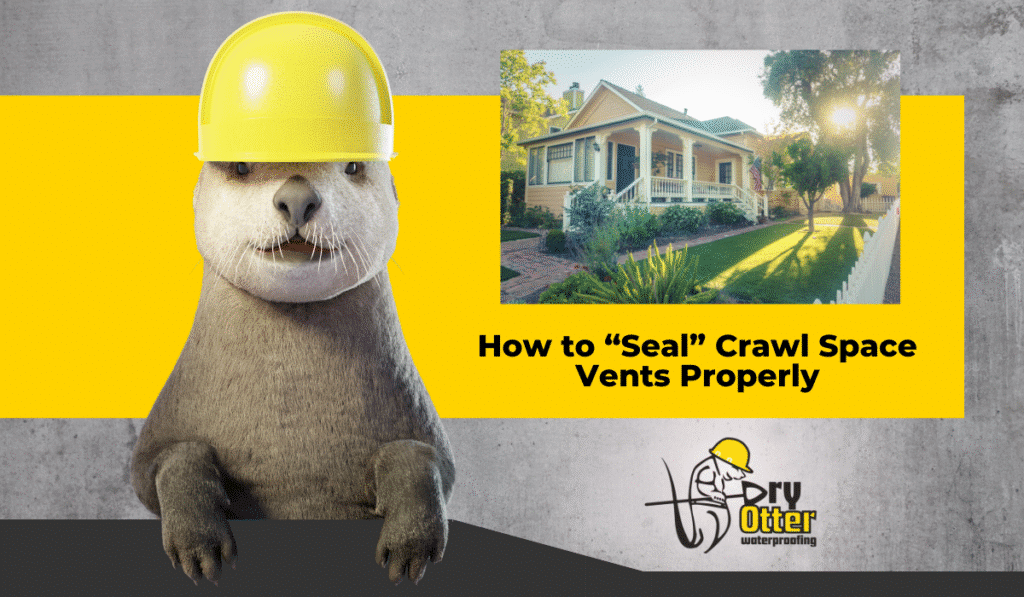When you peek into your crawl space or basement and find water, your first reaction might be: “Is that supposed to be there?”
The short answer: no, water under your house is never normal. But it’s a very common problem for homeowners across the Carolinas and beyond. Understanding why it happens (and what to do about it) can save you thousands of dollars in future repairs.
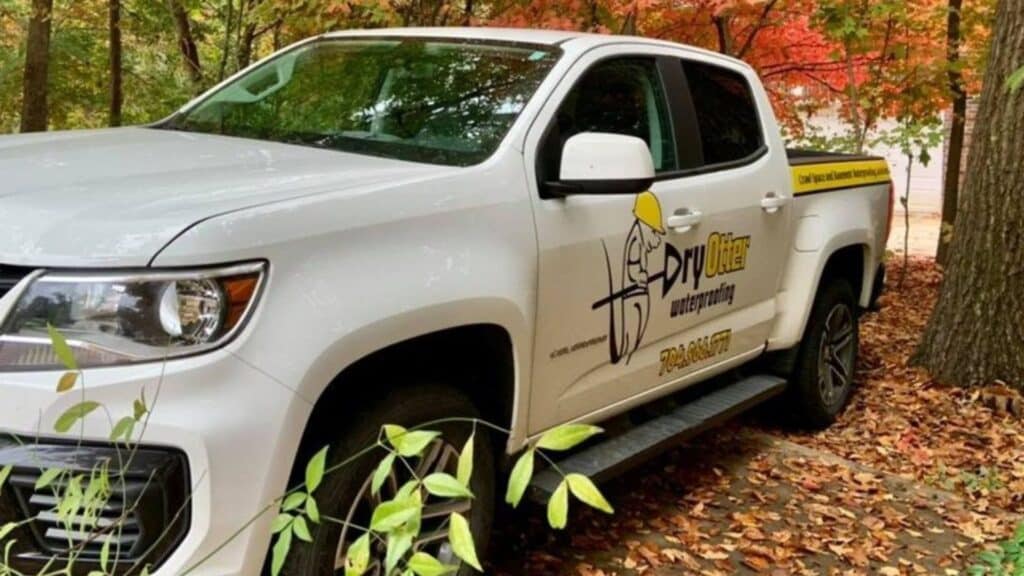
Why There’s Water Under Your Home
If you’re noticing damp soil, puddles, or standing water, several culprits could be to blame:
1. Poor Drainage or Grading
When the ground around your foundation slopes toward your house instead of away from it, water naturally flows where it shouldn’t — right beneath your home.
2. High Groundwater or Heavy Rain
Periods of heavy rainfall can raise the water table and force groundwater up through cracks and gaps under your foundation.
3. Leaky Plumbing or HVAC Lines
Even a small leak can introduce a surprising amount of moisture into your crawl space over time.
4. Clogged or Short Downspouts
If your downspouts discharge too close to your home (or are clogged), water can pool right next to the foundation.
5. Lack of a Drainage System
Homes without a proper drainage or sump system have no way to manage excess water buildup.
Warning Signs of Water Beneath Your House
Water under your home doesn’t always show itself immediately. Here are the red flags to watch for:
- Standing water or damp, muddy soil in your crawl space
- A musty, “earthy” smell indoors (especially after rain)
- Sagging, soft, or squeaky floors
- Wet or hanging insulation
- Mold or mildew on baseboards or joists
- Higher electric bills in summer from excess humidity
If you’ve noticed any of these signs, you likely have a moisture problem that needs attention. Not later, but right now.
What You Can Do (and What Not to Do)
Smart First Steps
- Regrade the soil so it slopes away from the home.
- Extend downspouts at least 6–10 feet from the foundation.
- Keep gutters clear of leaves and debris.
- Use a crawl space dehumidifier to manage humidity levels.
- Check for plumbing or HVAC leaks.
These are great starting points, but if you’re still seeing moisture, it’s time for a more permanent fix.
What to Avoid
- Don’t rely on waterproof paint or quick fixes – they only mask the problem.
- Don’t ignore musty odors or damp insulation.
- Don’t wait for it to “dry up on its own.” Persistent moisture often gets worse over time.
How Dry Otter Waterproofing Solves the Problem
When water is getting under your home, you need more than a temporary solution. At Dry Otter Waterproofing, we’re based right here in North Carolina, so we understand the unique challenges our state’s homes face. Our team specializes in crawl space encapsulation, drainage systems, and foundation waterproofing built to handle local soil and weather conditions.
Here’s how we solve moisture problems for good:
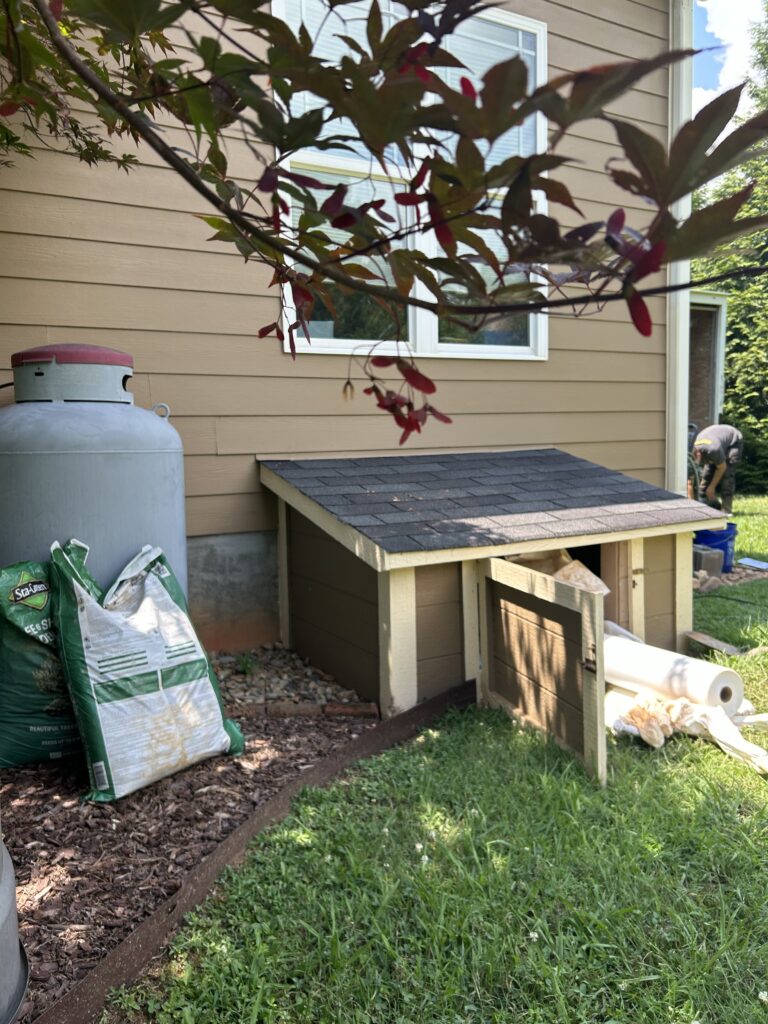
Here’s how we do it:
- Free Inspection & Moisture Analysis – We identify where the water is coming from.
- Custom Drainage Solutions – French drains or sump systems redirect water away from your home.
- Vapor Barrier & Encapsulation – We seal your crawl space with a durable liner to stop ground moisture.
- Dehumidification & Air Quality Control – Keeps humidity down and prevents mold growth.
- Structural Repair (if needed) – We repair any damage caused by prolonged moisture exposure.
The result? A clean, dry, energy-efficient crawl space that protects your home for the long run.
When to Call a Professional
If you’ve noticed:
- Standing water or soft, damp soil
- Musty smells in your home
- Mold or mildew around the baseboards
- Peeling paint or warped flooring
…it’s time to call the professionals at Dry Otter Waterproofing.
We offer free inspections throughout the Carolinas, and our team is ready to diagnose the problem, fix it right, and back it with a lifetime warranty.
Don’t Let Water Stay Under Your Home
Water under your house isn’t “normal”. It’s a warning sign. Left untreated, it can lead to mold, rot, poor indoor air quality, and costly repairs.
Let us help you get your home back to a clean, dry, and healthy condition.
Schedule your free inspection today!
Because you Otter be Dry.
